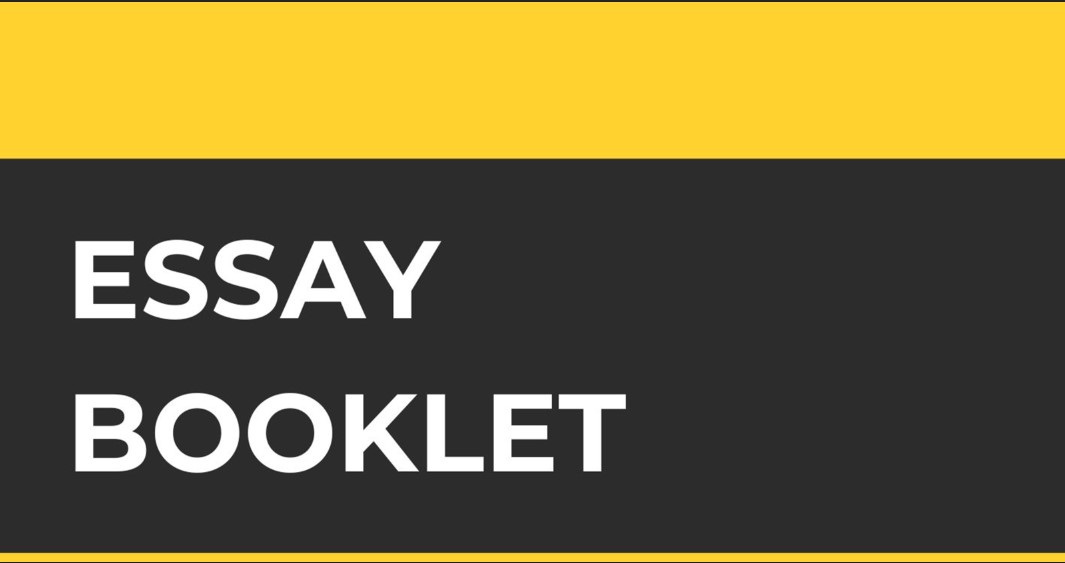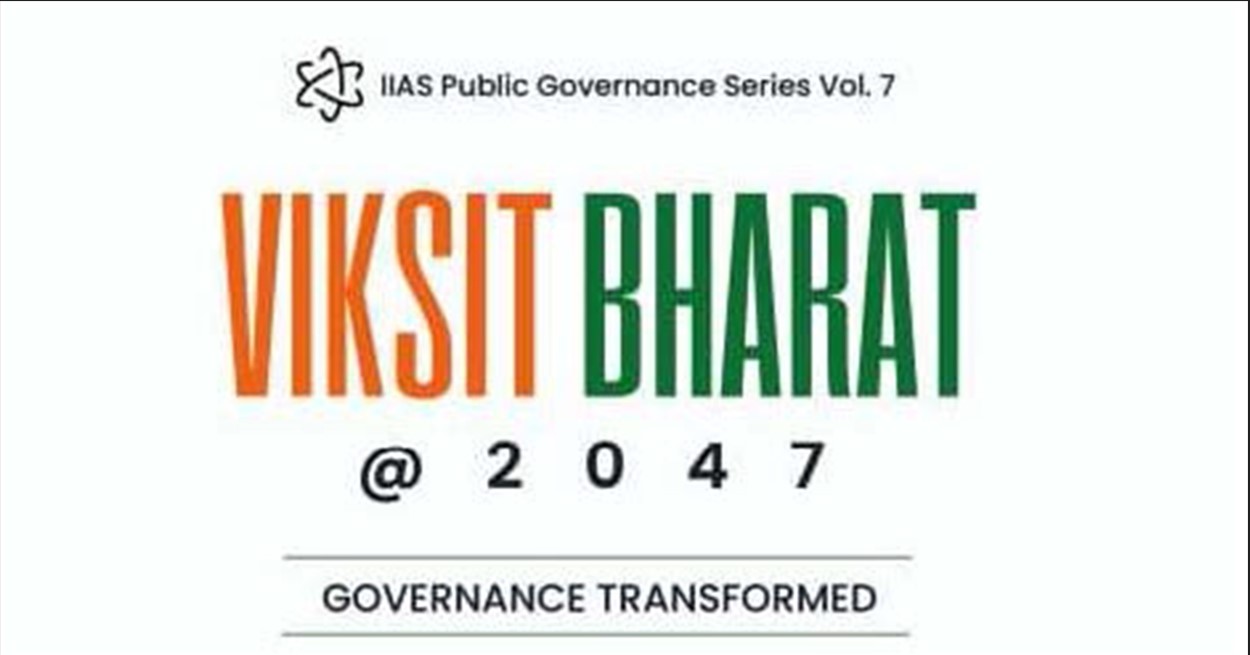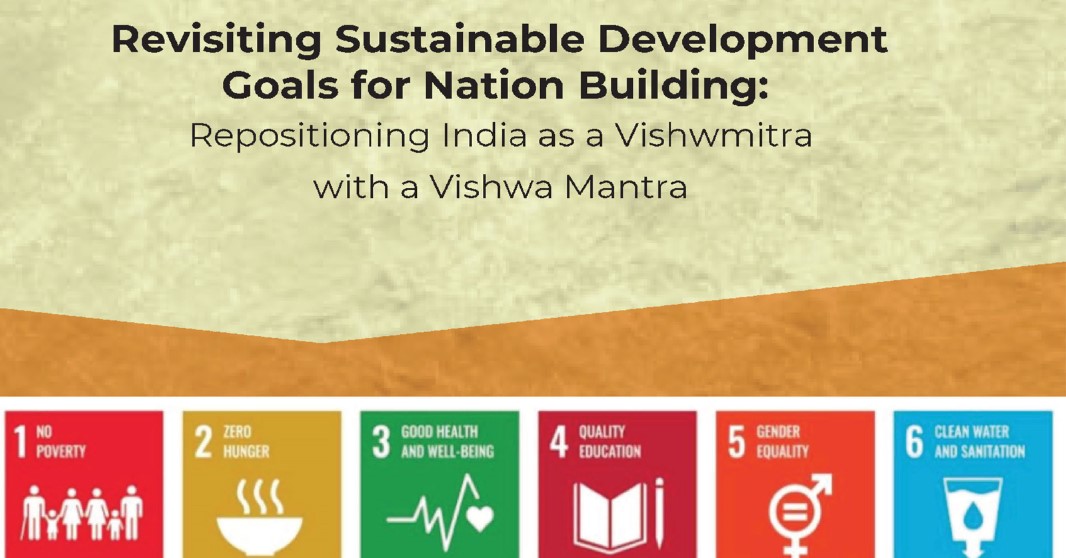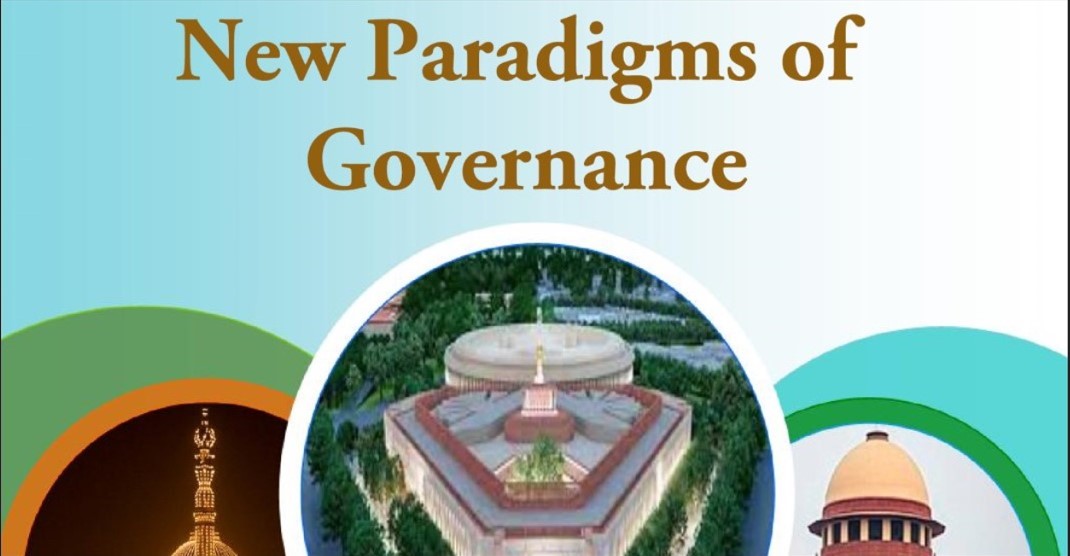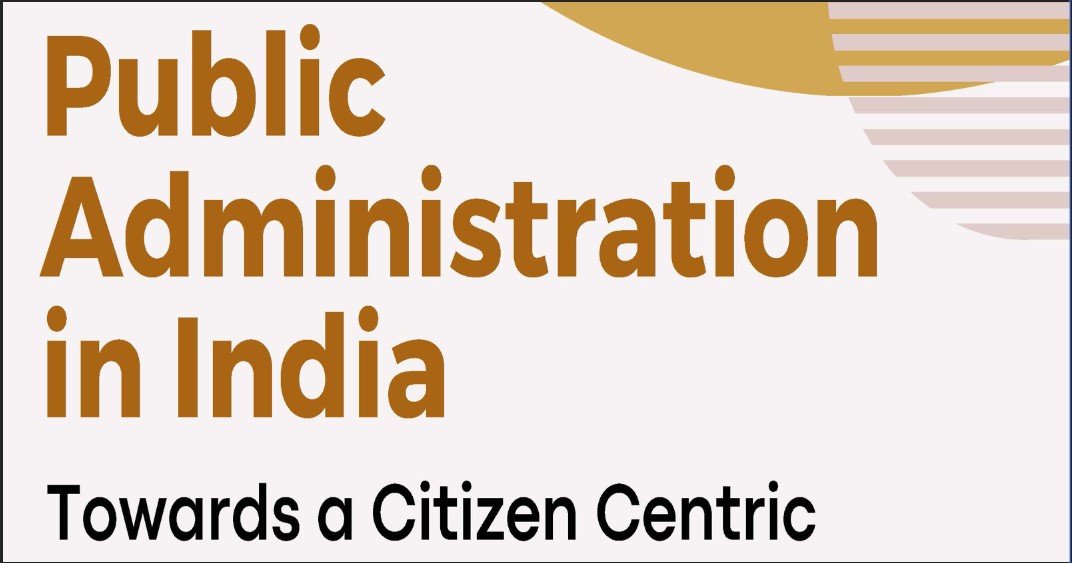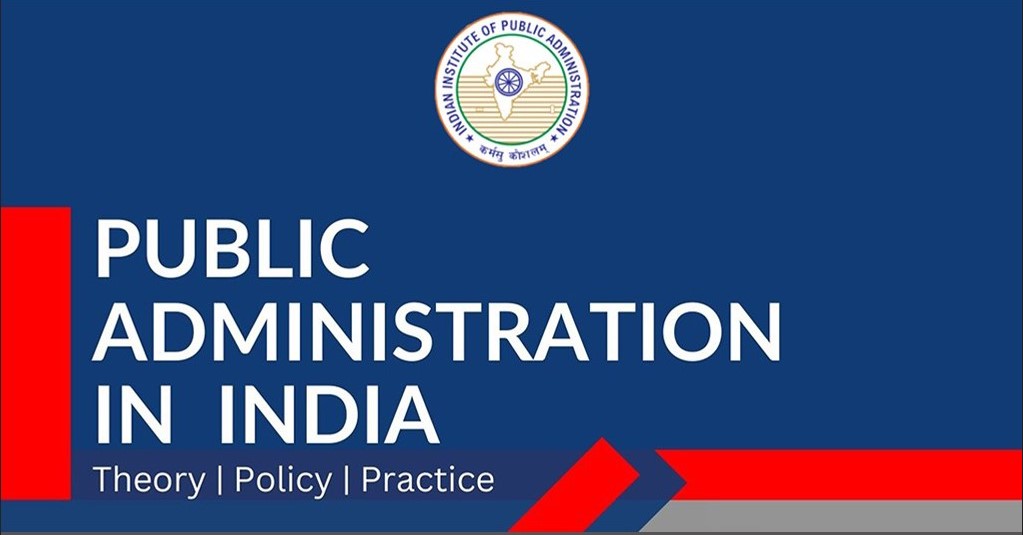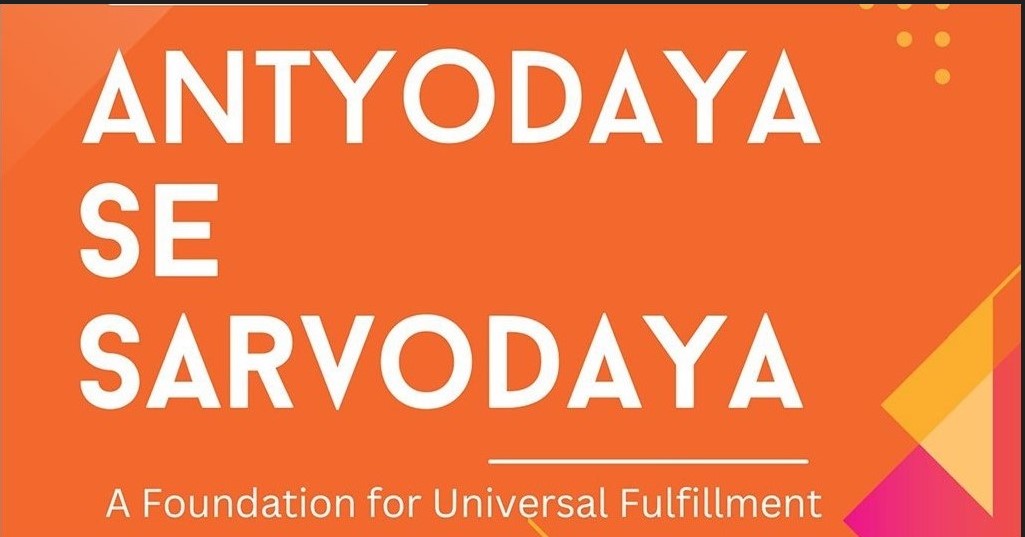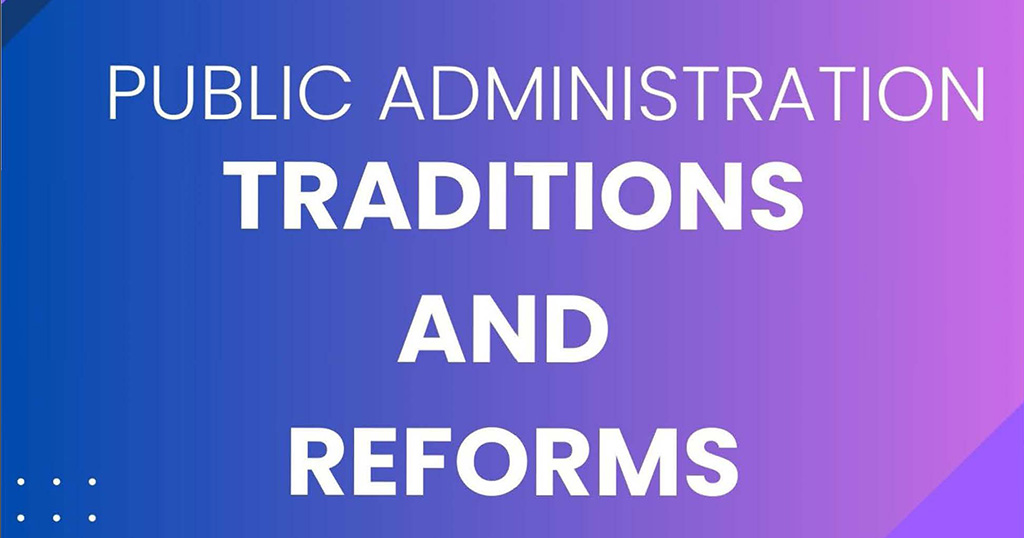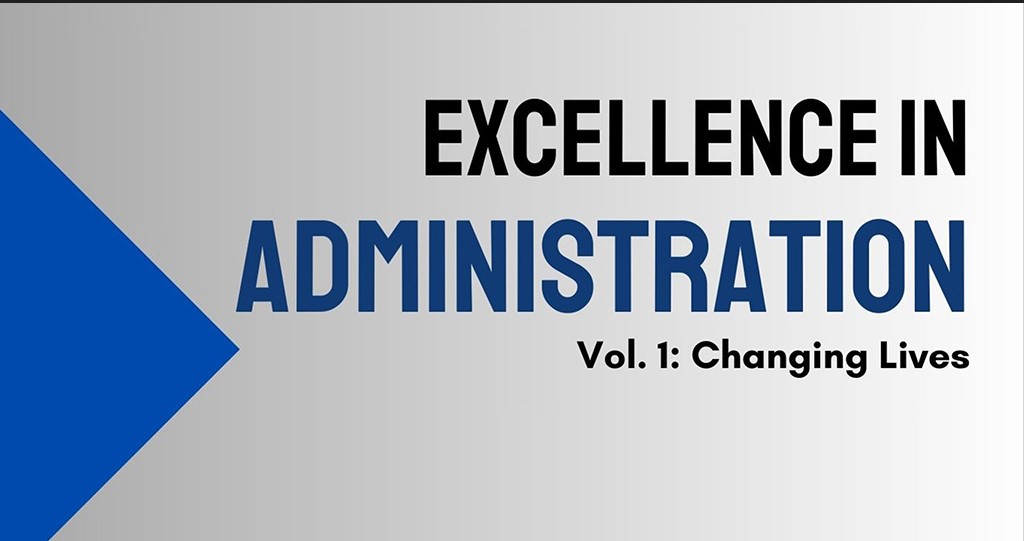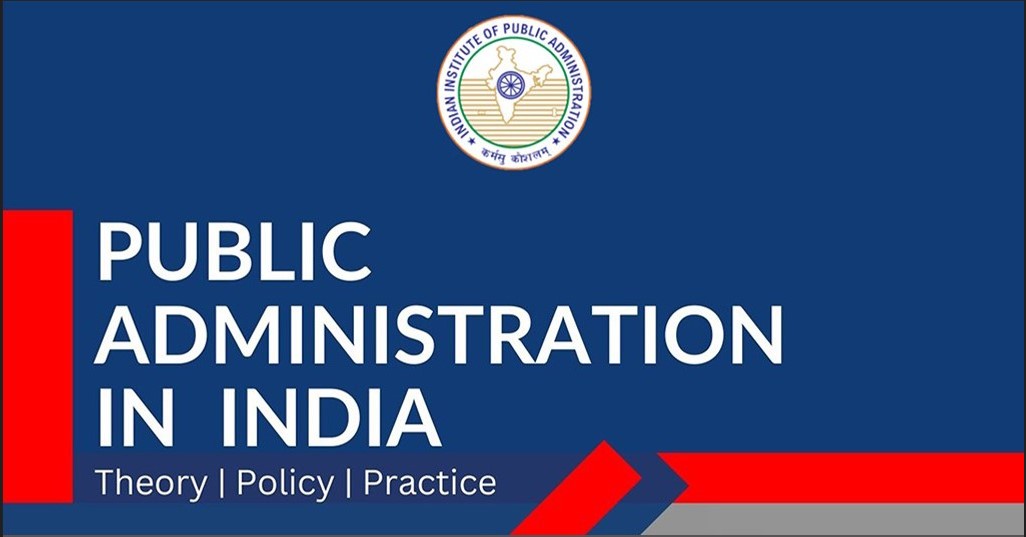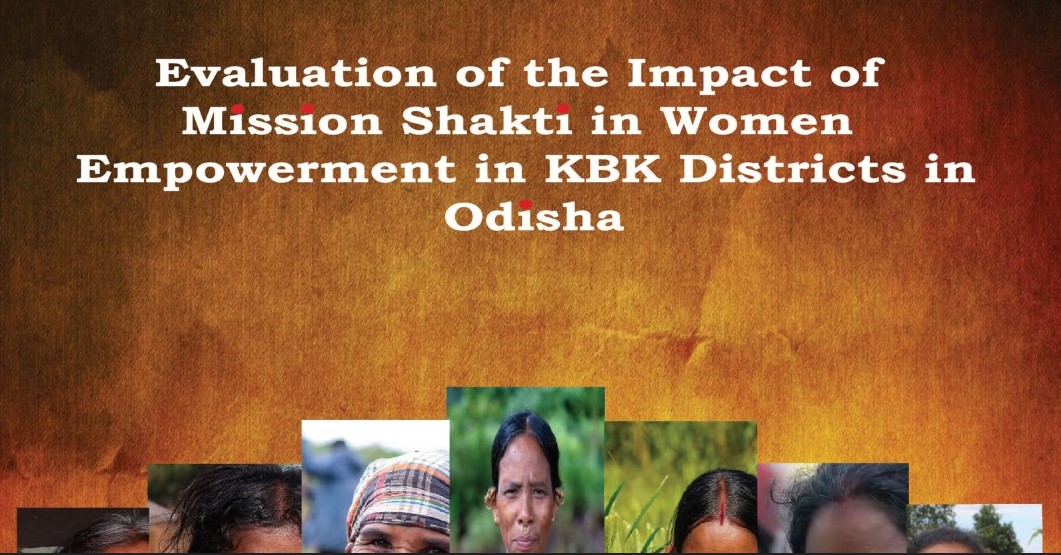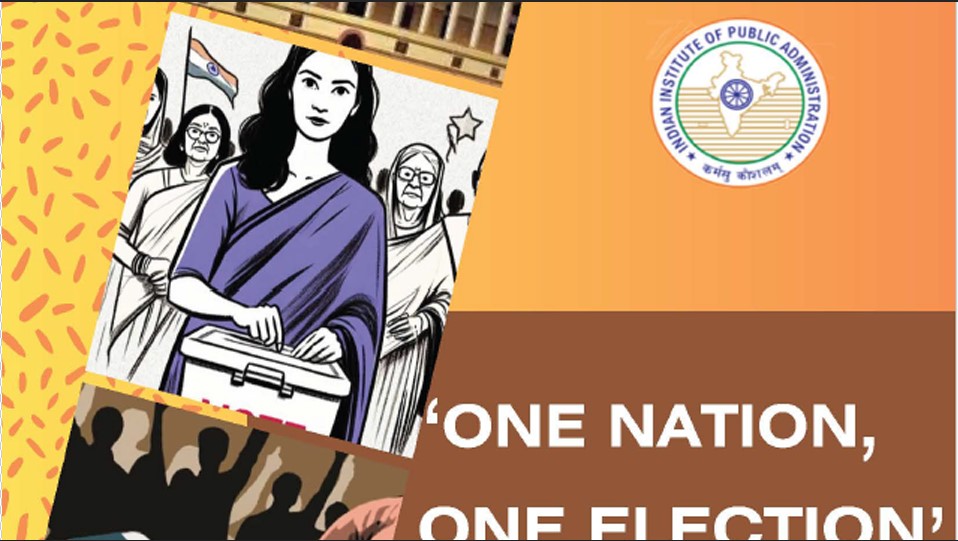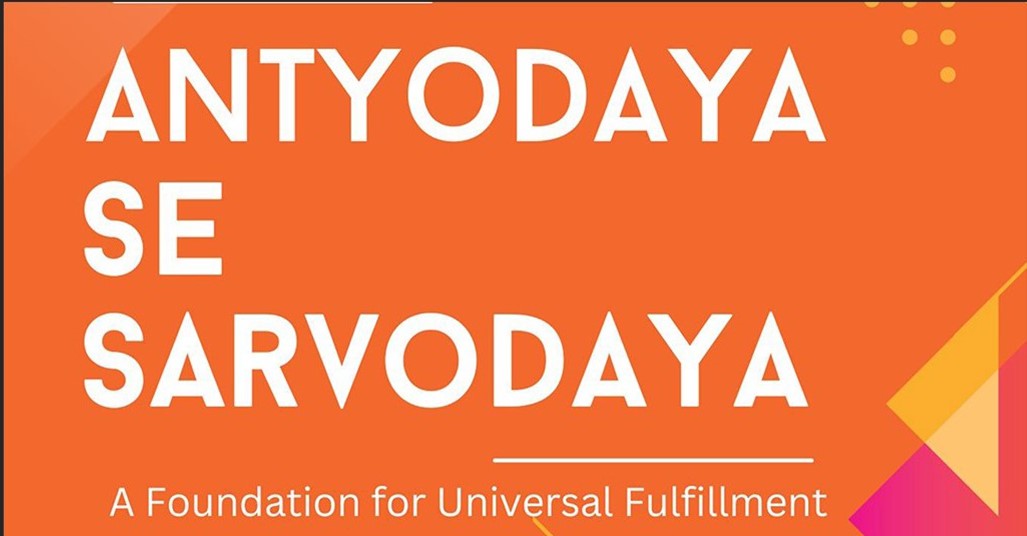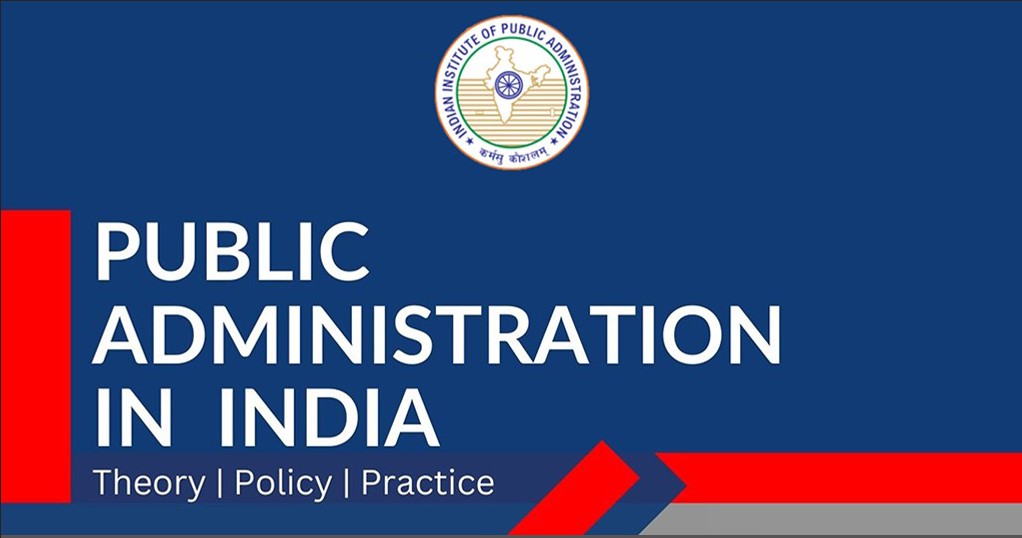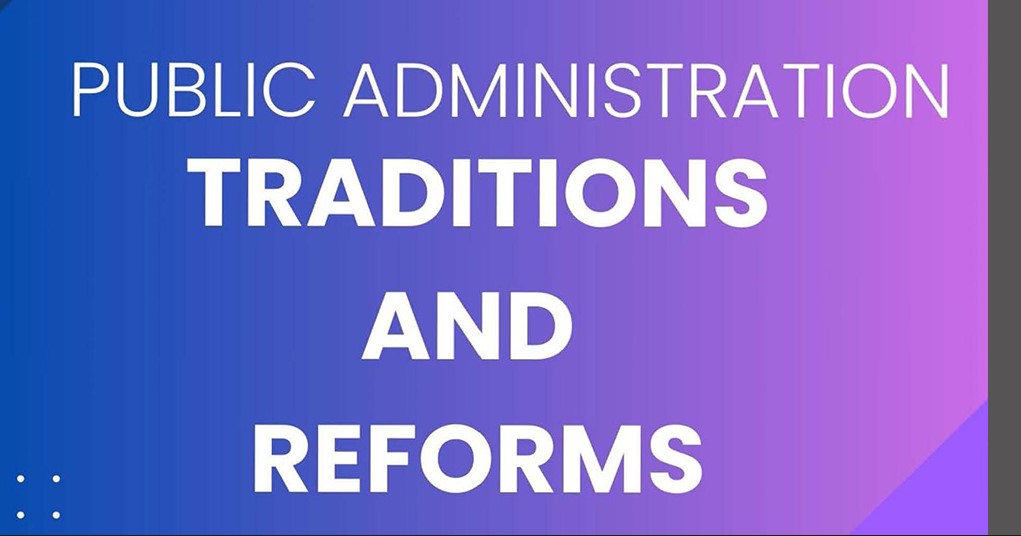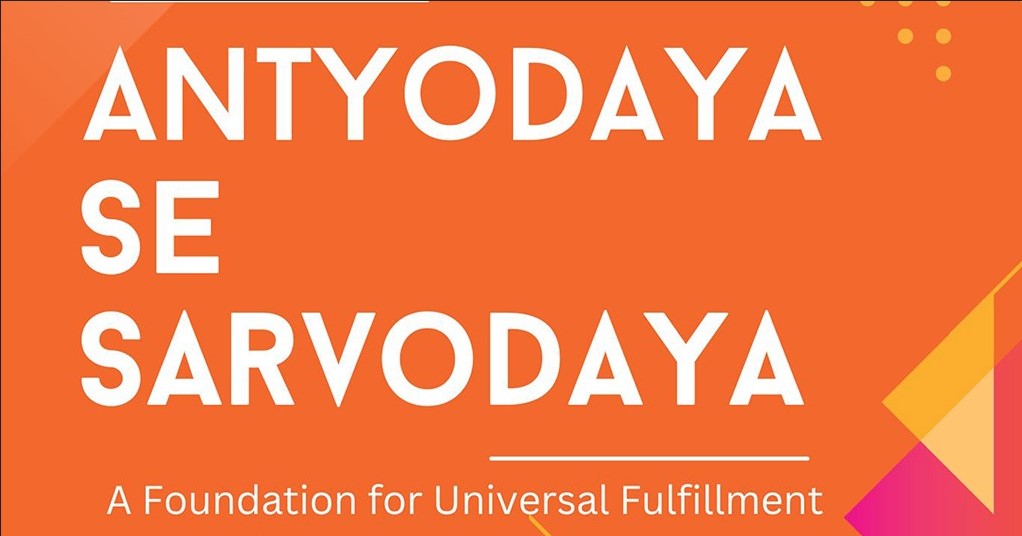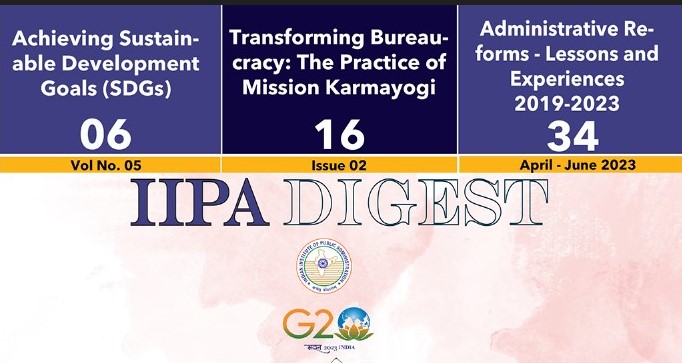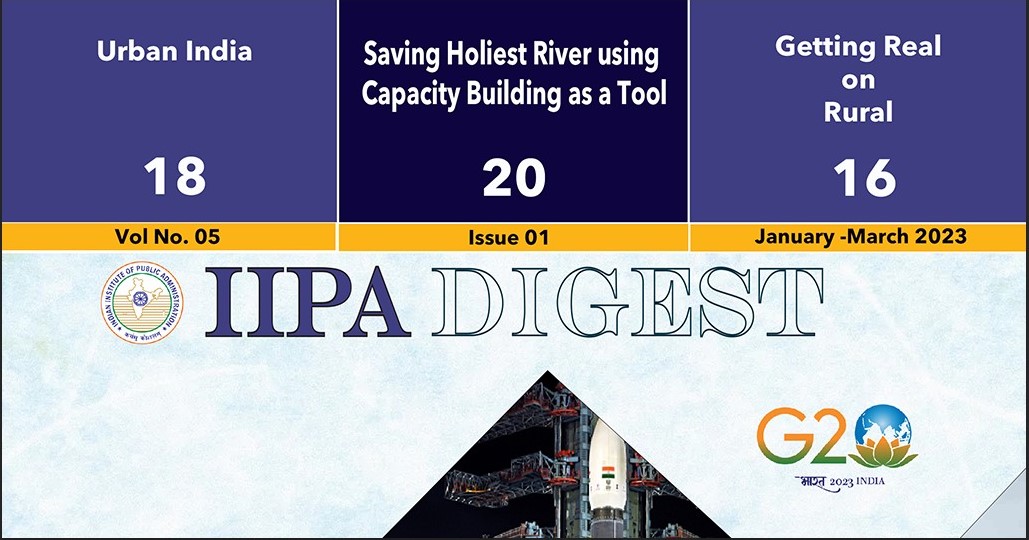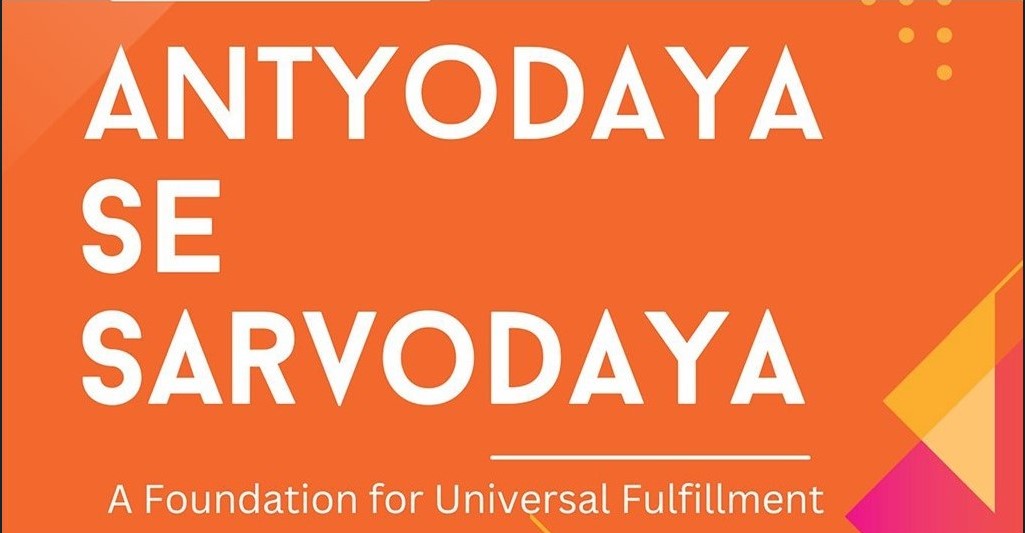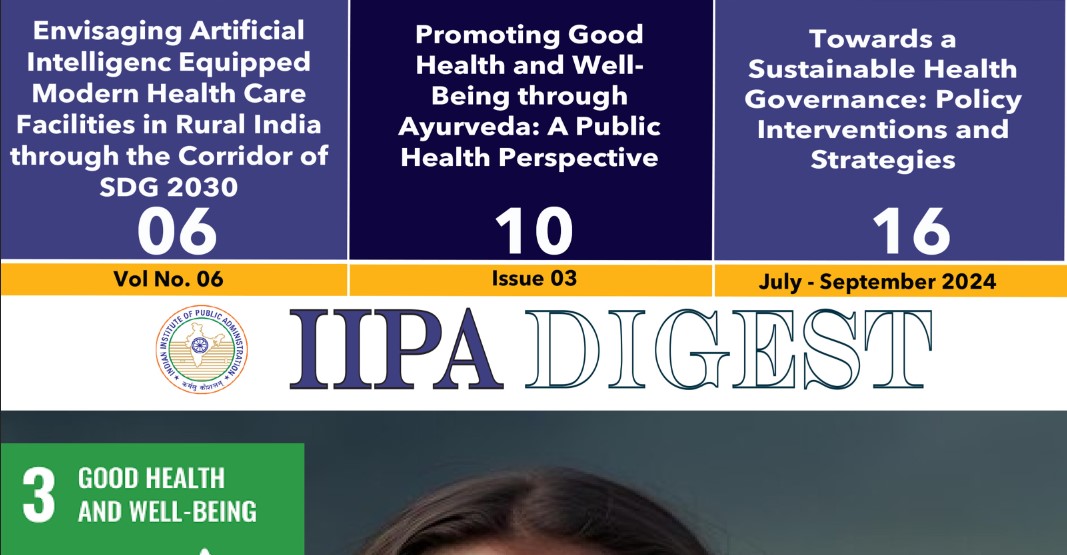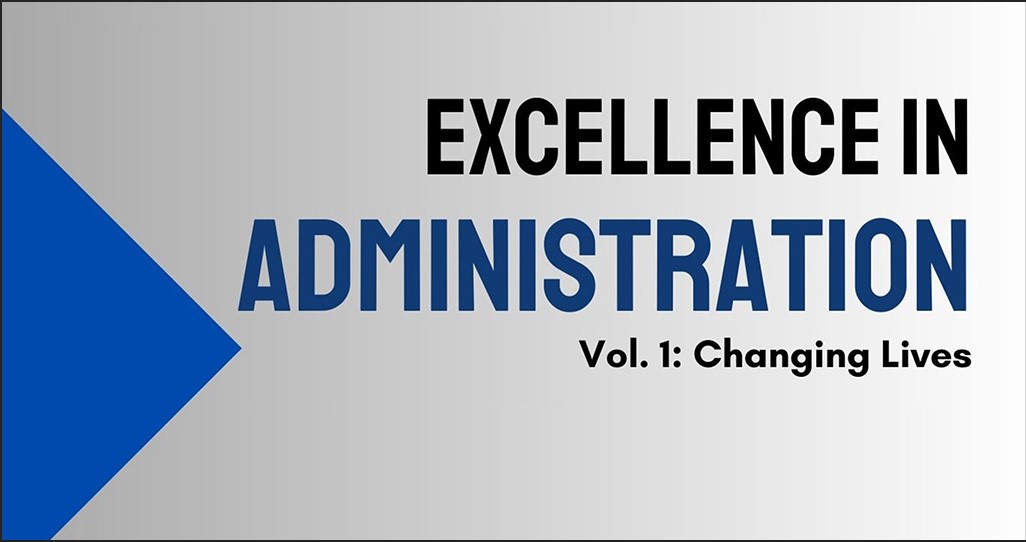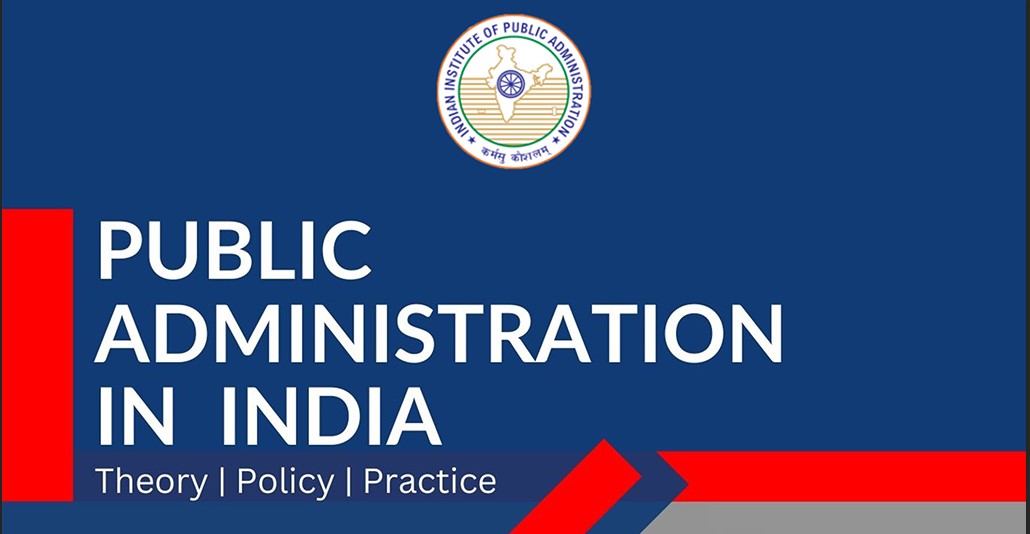Institutional Dynamics of Governance Reform in India (1991–2016)
Abstract
Loss of governance reform efficacy is an identified entrenched institutional problem in systems. Reform, anywhere, is a sticky material because holders of powers and their cronies have rarely shown altruistic intentions of relaxing their profiteering grips over resources. Instead, they have done their best to retain, defend and preach status quo; howsoever ossified or inhuman in form. Under these circumstances, governance reforms surface under fiscal compulsions, public order implications and/or interventions from the judiciary. This article takes up the case of India, a country where power holding, too, has been a compulsive exercise of mediation on such matters. To examine efficacy, it goes into the institutional dynamics of textual politics in course correction and process implementation. The case is built up on the strength of evidence from economic reforms, administrative reforms, police reforms, devolution strategies and corporate governance reforms during the past 25 years. The article highlights discourse ethics and concludes with a heuristic intent.
Action was taken on the following ten major reform initiatives in India during the past 25 years: (i) Economic Reforms, 1991; (ii) 73rd and 74th Constitutional Amendment Acts, 1992; (iii) Electricity Act, 2003; (iv) Malimath Committee Report on Criminal Justice, 2003; (v) Right to Information (RTI) Act, 2005; (vi) Supreme Court Directives on Police Reforms, 2006; (vii) Right to Public Service Delivery Acts; (viii) Companies Act, 2013; (ix) 14th Finance Commission Report, 2014 and (x) Constitutional Amendment on Goods and Services Tax (GST), 2016.
To what extent are the outcomes satisfactory? What support have decision- making and implementing institutions given to the reform proposals in terms of public interest analytics, just procedures, systems integration and change management? To what extent has sovereign will asserted on the loss of governance reform efficacy? Let us examine sequentially to understand the ethical dynamics of institutional power in a country that still has a modicum of civic and social cooperation left towards the norms of constitutional law and democracy.
Economic Reforms 1991
There is a little doubt that economic reforms of India 1991 got triggered as a sequel to macroeconomic crisis of a type described in the budget speech of its finance minister (dated 24 July 1991).
The origins of the problem are directly traceable to large and persistent macro-economic imbalances and low productivity of investment, in particular the poor rates of return on past investments...The increasing difference between the income and expenditure of the government has led to a widening of the gap between the income and expenditure of the economy as a whole. This is reflected in growing current account deficits in the balance of payments.1
In precise terms, India’s foreign exchange reserves in June 1991 were barely sufficient for 2 weeks of imports, and there was an imminent threat of default on external payments. Lender of last resort, under these circumstances, was the International Monetary Fund (IMF), which had an aggressive set of neoliberal conditionality clauses under its structural adjustment and stabilisation programmes. Loans were negotiated and subsequently paid off, but the executive wing of the government in power also got a space for crafting a major policy shift towards (i) fiscal discipline, (ii) removal of interest rate distortions, (iii) transparent regulation of capital markets, (iv) deregulation of industry and trade, (v) rationalisation of exchange rates and (vi) foreign investment promotion. Ideological paradigm of the entire reform set was pro-market, and the policy thrust guided by the triple missions of liberalisation, privatisation and globalisation. India became a member of the WTO in 1995.
How did the legislature take up the whole thing? It passed the Budgets put up before it after voicing concerns on human development index, poverty, joblessness and inequalities of several kinds. Amidst all concerns was a dominant liberal faith nurtured by the improved statistics on GDP, tax collection, investment and foreign exchange reserve on the one hand, and a spurt of entrepreneurial spirits on the other hand. Welfare also trickled into the legislature, piece by piece, as statutory examples of rights-based moralities—right to education, right to information, right to public service delivery and rural employment guarantee. Simultaneously, however, cases of criminal misconduct also came up in the houses of legislature, illustrating sufficiently that the State in India cannot leave the market as free as it wants and that crony capitalism is a definite social anxiety to worry about.
Second-generation neoliberal reforms, despite intense global pressures and domestic lobbying, are awaiting legislative consideration. The year 2016 is not like 1991. India has learnt its lessons by now, and its polity, with the assertion of sovereign will and public sphere, is much more sensitive now to the cost of rushing through public policy decisions than ever. After the Global Financial Crisis of 2008 and its aftermath, the neoliberal paradigm of governance advice has lost its sheen and ideological vigour everywhere, and India has indeed noted it. Democracy, in short, is in its active phase in India and asserts efficaciously. We can see this in the now discarded Right to Fair Compensation and Transparency in Land Acquisition, Rehabilitation and Resettlement (Second Amendment) Bill, 2015, or in the legislative creativity shown in the passing of the Constitution (122nd Amendment) Bill on GST recently.
Institutional dynamics played a big role in the implementation of the Industrial Policy Statement announced on 24 July 1991. Industrial licensing was abolished except for a short list of sixteen industries relating to security, strategic, environmental or social concerns. Similarly, whereas earlier large firms had to seek prior governmental approval for expansion of existing projects and for investment in new projects under the Monopolies and Restrictive Trade Practices (MRTP) Act, these restrictions were also abolished. The Monopolies and Restrictive Trade Practices Act was subsequently repealed, but the country took care to prepare a better-drafted and well-studied anti-trust law (The Competition Act, 2002), targeting anticompetitive conduct or abuse of dominance. In the Interim Budget of 1991–1992, the government took a policy decision to disinvest up to 20 per cent of the equity in selected PSUs in favour of mutual funds and financial or investment institutions.
The pace of progress on neoliberal labour reform proposals in India since 1991 conveys a lot on institutional factors. Labour and labour welfare are in the Concurrent List of the Constitution of India, so any amendment to the subsisting labour welfare laws requires tougher scrutiny, greater consensus-effort and a much wider human rights discourse. Besides, there is a credible context of labour history as a dimension of rights-based human emancipation in India which holders of power in democracy can ill-afford to ignore; it is an issue of legitimacy in democracy. Amidst the concerns of historical legacy and deep- rooted public perception, the neoliberal card of ‘market distortion’ has not so far worked in India despite heavy campaigning. In the year 2014, a state government (Rajasthan) succeeded in amending a few provisions of three labour laws under the argument of business promotion, but it was an extremely cautious small step. By and large, prudence on such issues has prevailed under the counterweight of Indian democracy and its discourse ethic.
Constitution (73rd and 74th Amendment) Acts 1992
The 73rd and 74th Amendments to the Constitution of India, which aimed at a fundamental shift in the nature of local governance, were passed in 1992 and came into effect in 1993 amidst high expectations. Expectations were high because India had succeeded in giving a constitutional status to its local governments— with well-drafted enabling provisions on structures, functions, empowerments and accountabilities in the amendments themselves. So, the first step had been taken with vision and care. How effective have been the subsequent steps?
We can get authentic answers from five sources: (i) 10th, 11th, 12th, 13th and 14th Finance Commission Reports, (ii) Sixth Report of the 2nd Administrative Reforms Commission (ARC) 2007, (iii) Reports of the State Finance Commissions, (iv) Local Audit Reports and (v) Devolution Index Reports. If we take the last first, we find the intent of the state governments to delegate functions, finances and functionaries to the institutions of local self-government. In the first Devolution Index prepared in India in 2009–2010 (with seventeen indicators of Devolution floor State Governments to Panchayats), Karnataka came first and Jharkhand last. Results of the Devolution Index are prepared every year, and we get an indication of intent gaps in system-building efforts. Audit Reports and Reports of the State Finance Commissions, on the other hand, highlight performance gaps and level of helplessness at the receiving end. From the angle of evaluation, Fourteenth Finance Commission Report (2014) is most eloquent:
In their interaction with this Commission, the representatives of panchayats and municipalities in an overwhelming majority of states mentioned that they faced a paucity of funds for carrying out their own mandated functions...In almost all States these local body representatives sought funds for the improvement of basic services—water supply, sanitation, sewerage, storm water drainage, solid waste management, roads and street lighting, parks and playgrounds, burial and cremation grounds. Shortage of staff was another issue highlighted by them in a majority of the States...In some States, the panchayat representatives expressed the need for further empowerment of panchayats to enable them to function as institutions of local self-government. A number panchayat representatives sought support specifically for training and capacity building of their staff, for construction of training centres, for IT infrastructure, internet connectivity, buildings for panchayats as well as their repair and maintenance, salary for the staff and honorarium for elected members...We held discussions on the working of the SFCs with Chairpersons and Member Secretaries of the sitting SFCs or the last SFCs that had submitted reports to the States. It emerged that States had constituted SFCs at different times and with varying regularity. As a result, the latest SFC constituted across States (barring one State) ranged from the second SFC to the fifth SFC...It was noticed that some instances the State Governments rejected SFC reports without recording reasons. In some States, even when the recommendations were accepted, the timeframe for implementation was not specified in the Action Taken Report presented to the legislature. Some Chairpersons highlighted the fact that the financial recommendations get acted upon while those dealing with systematic improvements are seldom addressed. They pointed out that lack of coordination between the finance department and those dealing with rural and urban affairs hinders the implementation of measures for augmentation of resources suggested by the SFC...The Chairpersons submitted that promotion of accountability and transparency is important and social audits and public disclosure need to be encouraged.2
The 14th Finance Commission gave 28 recommendations for improving the state of affairs in local governance in India—containing postulates of performance linked grant release, transparent disclosure, periodic self-reporting and value for money. The Report is a sharp ray of hope, more so in an improved atmosphere of competitive investment ethic these days and availability of greater fiscal transfer committed for local governance for the years 2015–2020. However, much will depend on the location-specific institutional dynamics of internal resource raising and public management of capabilities.
There are, besides these details of implementation management, certain important principles of public policy to which the second Administrative Reform Commission of India has drawn our attention: (i) principle of subsidiarity, (ii) electoral reforms, (iii) a two-way flow of information sharing in cooperative federalism, (iv) a paradigm shift in decentralised planning, (v) a separate standing committee of the state legislature for local bodies, (vi) a local body Ombudsman, (vii) citizens’ report cards, (viii) standard setting in audit and accounts, (ix) zero-based approach to staffing, (x) activity mapping, (xi) access to credit for infrastructure, (xii) strengthening of programme committees, (xiii) service delivery policy, (xiv) property tax reforms, (xv) leveraging land as a resource, (xvi) common property resources, (xvii) risk proofing in contracts and (xviii) environmental consciousness. There is no dearth of ideas; problem is only of intent.
Electricity Act 2003
Electricity Acts are important because of the dimensions they touch in our lives. In the literature of reforms, they assume significance due to a variety of reasons: techno-financial, operational, social, regulatory and strategic. India’s Electricity Act of 2003 should, therefore, be deconstructed in this light. In India’s economic history, this Act is a culmination of the power sector reforms that started in early 1990s.
Constitution of India empowers both the central and the state governments to legislate in the electricity sector, with distribution being the exclusive domain of the states. Indian Electricity Act, 1910, provided the original framework for the electricity supply, while Electricity (Supply) Act, 1948, laid the foundation of policy and institutional framework that remained in force until the post- 1991 reforms began. Electricity Laws (Amendment) Act, 1998, recognised transmission as a separate activity for the first time in India. In 1998, Electricity Regulatory Commission Act was passed, creating a Central Electricity Regulatory Commission and allowing states to create their own. Electricity Act, 2003, reflected on the legislations in existence and set into motion fundamental changes in policies. There is a proposal, through a 2015-Bill, to amend the 2003 Act. What has been the institutional experience of these moves?
The first point to note about India’s Electricity Act, 2003, and its Amending 2014 Bill is the ethic of discourse. The outcome is a seamless flow of transparent discussions on draft law with sector experts, power producers, consumer activists, utilities, state governments, Union territory administrations, financial institutions, Parliamentary Standing Committee and Parliament. Parliamentary Standing Committee made the consultation wider by inviting comments through public notice and taking them on record. The discourse took time, but the results were enriching, particularly in the context of the worrisome past experience of opacity on Enron Contracts in Maharashtra and World Bank Power Reform Negotiations in Odisha. Attitude now was to sincerely learn and correct an ailing sector through introspection and consolidation.
Institutional vision of the 2003 Electricity Act has a combined unbundling, open access and competition thrust. As an Act of Legislature, this was a foundational change: (i) power generation was delicensed; (ii) captive generation policy was liberalised; (iii) state governments were allowed to un-bundle State Electricity Boards and create separate functionally accountable companies for generation, transmission and distribution; (iv) power trading got recognised as an activity; (v) generating stations got access to the transmission system at a fee; (vi) distribution licensees got freedom to undertake generation, and generation companies to undertake distribution licence; (vii) open access also facilitated consumers to enter into direct commercial relationship with a generating company or a trader; (viii) tariff was to be fixed premised on commercial viability principles; (ix) increased policy role was assigned to the Union government; and (x) regulatory framework in the electricity was mandatorily widened across the country.
An important implication of the 2003 Electricity Act was on cross- subsidisation: consumers under difficult circumstances could now be subsidised by the governments through their budgetary resources but not at the cost at utility’s viability. Viability of the utilities was introduced as a strict prudential norm. Another important implication was on transmission and distribution (T&D) losses. Beyond the limits of techno-spatial permissibility, T&D loss was conceptualised as theft of power and stringent measures were prescribed in 2003 Electricity Act through a detection–prosecution mechanism. Commitment to critical national policy-planning frameworks and sector-specific operative norms were other major dimensions. India’s Electricity Act, 2003, mandated formulation of (i) National Electricity Policy and tariff policy, in consultation with the state governments and authority for development of the power system, based on optimal utilisation of resources; (ii) National Policy on standalone systems for rural areas and non-conventional energy systems; (iii) National Policy on electrification and local distribution in rural areas and (iv) joint responsibility of state government and central government in rural electrification.
Evolution of India’s Electricity Act since 2003 shows a concern for evidence- based policymaking and consolidation in a gradually maturing democracy. The Amendment Bill of 2014 illustrates this point in clear terms when it takes up issues relating to (i) segregation of carriage and contents, (ii) grid security, (iii) promotion of renewable energy, (iv) rationalisation of tariff determination, (v) strengthening of regulatory commission, (vi) recovery of revenue by licensee, (vii) timely filing of tariff petitions, (viii) timely disposal of tariff petitions by appropriate commissions, (ix) initiation of suo motu proceedings by the commission for determination of tariffs, (x) accountability and transparency in the functioning of commissions, (xi) toning up of Central Electricity Authority, (xii) granting deemed licensee status to companies and (xiii) provision of performance review committees at centre and state levels for the regulatory commissions.
Malimath Committee Report on Criminal Justice 2003
On 26 March 2003, the Committee on Reforms of Criminal Justice (Malimath Committee) completed its report and submitted it to the Government of India with 158 recommendations on twenty-three administrative and legislative themes. Response of the Government came out in the year 2005, when the Code of Criminal Procedure (CrPC) (Amendment) Act, 2005, was notified, covering a select few and leaving the contested terrain intact. Later, while replying an unstarred Parliament Question on 11 December 2015 in the Rajya Sabha on further action taken, the Union government mentioned that it is in the process of consultation with the state governments on concurrent matters and examining the rest carefully: ‘criminal law’ and ‘criminal procedure’ are in the Concurrent List of the Seventh Schedule of the Constitution of India and criminal justice reform a site of struggle for institutional power. However, there indeed are clear jurisprudential principles and established practices in the world for reference in such situations. So, there is no justification for inordinate delay on rule of law matters.
We can see the behavioural traits properly when we go into the textual politics of criminal justice reform in this case on the following two important issues.
Autonomy of Public Prosecution
Highlighting figures of low conviction rates in India, Malimath Committee (2003) recommended that each state in India should have a post of Director of Prosecution, filled up from among suitable police officers of the rank of Director General of Police (DGP) in consultation with the Advocate General of the state. The Assistant Public Prosecutors (other than the State Public Prosecutor in the High Court) should be subject to the administrative and disciplinary control of the Director of Prosecution. The Director should function under the guidance of the Advocate General and facilitate effective coordination between the investigating and prosecuting officers through a review procedure. Widespread public criticism surfaced against this type of arrangement. Criticism was on three counts: (i) disregarding established autonomy principles of ‘independent prosecution’ and ‘independent investigation’; (ii) ignoring the reality of power and influence on pre-trail criminal justice procedures and need, therefore, for institutional checks and balances; and (iii) an erroneous understanding that conviction rates would show transformative improvement with such institutionally hybrid coordination mix-ups and not degenerate into a solitary unethical pressure point.
In 2005, Government of India came up with the Criminal Procedure (Amendment) Act. It was an autonomy-conscious cohesive version on public prosecution, manifesting in the insertion of Section 25-A in the CrPC text and an Explanation portion after Section 24(6). Section 25-A states that the state government may establish a State Directorate of Prosecution consisting of a Director of Prosecution and as many Deputy Directors as it thinks fit, while Section 24(6) Explanation talks of a regular cadre of prosecuting officers. Section 25-A stipulates Director or Deputy Director of Prosecution to be from among advocates with at least 10 years practice, appointed with the concurrence of the Chief Justice of the High Court. Autonomy of the Directorate of Prosecution has been ensured through a well-integrated internal chain of command [vide sub-sections (4), (5) & (6) of Section 25-A]. Director of Prosecution is the Head of the Directorate and functions under the administrative control of the head of the Home Department in the state [Section 25-A (3)]. Section 25-A rightly leaves stipulation of powers of functions at the state level, but structures overall institutional reform principally and prudently.
However, problems have been caused on account of state-level amendments to the CrPC 1973. We can refer to a few. Section 25-A which has a Karnataka Amendment [Act 39 of 2012] chain of command has an Advocate General Segment in the public prosecution set up. Section 25(2) has Odisha [Act 6 of 1995] and Uttar Pradesh (UP) [Act 16 of 1976] Amendments according to which nothing is permitted to prohibit the state government from exercising its control over Assistant Public Prosecutor through police officers. Section 24(4) CrPC mandates the District Magistrate to consult the Sessions Judge in the process of preparing panel of names to be appointed as Public Prosecutors or Additional Public Prosecutors for the district. Its Maharashtra Amendment [Act 34 of 1981] omits the words ‘in consultation with the Sessions Judge’ and substitutes ‘with the approval of the State Government’.3
The Right to Silence
After examining all arguments and issues, the Royal Commission on Criminal Justice (UK: 1993) concluded that the right to silence should be retained, as abolition would benefit the police in few cases, and would put pressure on innocent people instead of experienced criminals. Despite this, the then government in the UK enacted the Criminal Justice and Public Order Act, 1994, which substantially changed the right to silence of an accused person and allowed judges and jurors to draw adverse inferences when a suspect remains silent (Sections 34–39). In India, Malimath Committee Report was of the view ‘that without subjecting the accused to any duress, the court should have the freedom to question the accused to elicit the relevant information and if he refuses to answer, to draw adverse inference against the accused’ (2003, p. 267 of Volume I).4 Malimath Committee Report recommend amendments to Section 313 of the CrPC 1973. It is relevant to mention here that only a year before, Law Commission of India had concluded the following:
The law in India appears to be the same as in U.S.A. and Canada. In view of the provisions of clause (3) of Article 20 and the requirement of a fair procedure under Article 21, and the provisions of ICCPR to which India is a party and taking into account the problem faced by the Courts in U.K., we are firmly of the view that it will not only be impractical to introduce the changes which have been made in U.K. but any such changes will be contrary to the constitutional protections referred to above... We have reviewed the law in other countries as well as in India for the purpose of examining whether any amendments are necessary in the Code of Criminal Procedure 1973. On a review, we find that no changes in the law relating to silence of the accused are necessary and if made, they will be ultra vires of Article 20(3) and Article 21 of the Constitution of India. We recommend accordingly. (2002, pp. 46–47 of 180th Report)5
Section 313 of the CrPC 1973 has not been amended, and this way the state and public opinion in India have sidelined Malimath Committee on this count. Balancing of interests between the rights of the detainees and the interests of national security is an essential characteristic of a fair trial: critics have rightly argued that Malimath Committee concentrated more on strengthening the hands of the administrative machinery than on the core rights-based moralities of a just order. It chose to excessively concentrate on examples of a few countries in their weak phase of human rights history and ignored established global criminal justice safeguards in the process. Empirical evidence from the UK, too, does not suggest any difference in terms conviction rate. Eminent criminologists Andrew Sanders and Richard Young (2012) have the following observations from UK on the curtailment of right to silence under the Criminal Justice and Public Order Act 1994.
Interestingly, these changes made little difference to admission and conviction rates. While they may have greater symbolic electoral value than instrumental use, they support the broader purposes of interrogation, such as gaining general criminal intelligence and exercising disciplinary power over suspects. The conviction rate may not have increased, but the erosion of the privacy and freedom of the citizen certainly has. (Sanders & Young, 2012)
The fifth report of the Second Administrative Reform Commission (India: July 2007) took right to silence discourse further. It concluded, in a mindset of moderation, the following:
Regarding grave offences like terrorism and organised crimes, in the case of refusal by the accused to answer any question put to him, the court may draw an inference from such behaviour. This may be specifically provided in the law. (House of Commons, 2008)
More important legally is the reference of this report in the Objects and Reasons Statement of the 2008 Amendment of India’s Unlawful Activities (Prevention) Act, 1967. Thus, the debate on the right to silence in India has not ended; it has only shrunken into a focused zone for human rights introspection.
Right to Information Act, 2005
India’s RTI Act, 2005, has a substantial in-built institutional strength, evidenced in the detection of a large number of corruption cases through it and an incessant flow of jurisprudence from its tribunals. However, there are concerns as well the most important being its late emergence as a piece of legislation after prolonged rights- based transparency-seeking public pressure. It was certainly not a ‘gift’ from the gracious government or an ‘enthusiastic’ response of the international human rights norm-setting. Its strong draft came from the field-level action groups which in turn drew sustenance from Supreme Court judgments (since 1973) on rights of the citizens to information. Strength of India’s RTI, 2005, thus, came from ethic of discourse in public sphere within a well-understood constitutional space.
Information rights have a history of 250 years—world’s first freedom of information Act was issued in Stockholm on 2 December 1766. There have been similar other attempts since then, counter-hegemonic in thrust but not necessarily linear in progress. Hegemonic pressure was from the holders of governance power, which cherished the culture of opacity, and saw secrecy a prime bureaucratic virtue. To understand these developments, we can refer to the studies by David Vincent (The Culture of Secrecy [1998]) and D.P. Moynihan (Secrecy: The American Experience [1998]) on the roots and growth of bureaucratic secrecy. Tracing key events in their national experiences, the two authors have outlined the mechanisms devised to protect and perpetuate state secrets of the UK and the USA. While both acknowledge legitimate purposes for secrecy to some extent, they are equally convinced that withholding information from the public has often represented an abuse of power inimical to the democratic state. More important, both believe that we are at a unique moment to apply correctives to obsessive secrecy and build a relationship of tolerance and transparency.
Democratic benefits of transparency prominently figure in Kantian moral philosophy (Eternal Peace [1795]), in the writings of John Rawls (A Theory of Justice [1971] and Political Liberalism [1993]) and in the theory of discourse ethic by Jurgen Habermas (The Structural Transformation of the Public Sphere [1962] and Between Facts and Norms [1992]). For Rawls, openness is a necessary condition for the creation of a just society because it (i) enables individuals to grant their informed consent to be governed and (ii) allows them to choose, rationally and knowledgeably, the principle for society with which they would agree to associate, while Habermas reflects on the universal and obligatory nature of morality by evoking the universal obligations of communicative rationality. Transparency proponents also advance instrumental reasons for imposing disclosure requirements on governments. Anticipating criticism that governments need to keep a tight rein on certain sources of information for reasons of social and eco- nomic stability, Joseph Stiglitz argues (On Liberty, the Right to Know and Public Discourse [1999]) that citizens, who own government information, must have access to it. Transparency, scholars have pointed out, not only allocate resources fairly but also ensure that benefits of growth are not captured by the elite.
I have highlighted the intrinsic worth of transparency because no interest can have the status of a ‘right’ unless it has an intrinsic worth high enough in priority to alleviate the life world. Information Rights are ‘instruments of action’ for transparent governance. They are a tactical subset of human rights, that is, procedural means to realise human emancipation. Their instrumental efficacy, however, is structurally dependent: it is dependent on the spurts of democratic consciousness facing the inertia of established power and gaining the momentum to succeed. Seen, thus, India’s RTI 2005 is a counter- hegemonic success of its people. Even in the comparative law perspective, it has seven radical features. Under this Act, a citizen is not required to establish his locus standi in respect of a subject matter for seeking information. The Act is comprehensive in the definition of ‘information’ and is applicable to government at all levels, Union, state and local, as well as recipients of government grants.
Organisations concerned with national security or intelligence are not exempt from the purview of the Act if information relates to corruption or human rights violations. The Act provides for stringent punishment for denial of information. It bars all courts from entertaining any suit, application or other proceeding in respect of any order made under the Act till the exhaustion of stipulated appeal process. It also bars any suit or prosecution or other legal proceeding against any person for anything which is in good faith done or intended to be done under the Act or Rules. Section 22 of the RTI Act of India, 2005, overrides the Officials Secrets Act 1923 or any other law for the time being in force insofar as they are inconsistent with the RTI 2005.
Second Administrative Reforms Commission of India examined official secrets and confidentiality issues in its First Report (June 2006) and concluded that Official Secrets Act, 1923, should be abolished and substituted by a chapter in a separate national security law with fresh provisions on official secrets. A reform draft on Section 5 of the 1923 Act, based on observations of the Law Commission (43rd Report: 1971) and recommended by H.D. Shourie Working Group Report of 1997, was also recommended. Another important recommendation was to amend Departmental Security Instructions with a principle that ‘ordinarily, only such information should be given a security classification which would qualify for exemption for disclosure under the Right to Information Act, 2005’. Both these are reasonable action points for good and humane governance, particularly when we find that the Official Secrets Act of UK (on which the Indian legislative version of 1923 was based) has seen a series of transformative mutations from the transparency premise. One has to only go through the authoritative writings of Patrick Birkinshaw (Freedom of Information: The Law, the Practice and the Ideal [London, 2001]) and H.W.R. Wade (Administrative Law [Oxford, 2009]) to understand the scope of transparency reforms on public order issues. There is an argument that UK Amendments have left a lot of transparency reform issues unresolved. There is merit in the argument, but in terms of discourse method, there are definite learning lessons for India: a White Paper is needed in India on Information Rights in security and stability matters in the mode of deconstruction. Security and integrity of India are absolutely non-negotiable and operational flexibilities are indeed necessary in situations of risk and unpredictability. Even then, there is enough in the zone of opacity that awaits an insightful public interest scrutiny for framing a modern substitute substantive law.
Definition of ‘information’ in the Act is genuinely comprehensive and ambit of the public authorities under the Act is also fairly wide. Effective RTI implementation of a country of India’s size, thus, involves handling access of vast, varied and complex data within a legally stipulated timeframe. It also is a sensitive legal responsibility of tackling frozen mindsets through precise knowledge, risk management skill sets and e-governance infrastructure. Continued support of combined governmental power is, therefore, needed to protect and nourish management of transformational change in state–society relationship in our country after a really long time.
Supreme Court Directives on Police Reforms
In an important public interest case on police reforms, Supreme Court of India gave seven important directives to the Union government and states. The judgment was delivered on 22 September 2006 (Prakash Singh v. Union of India, https:// indiankanoon.org):
1. Constitute a State Security Commission to (i) ensure that the state government does not exercise unwarranted influence or pressure on the police, (ii) lay down broad guidelines and (iii) evaluate the performance of the state police;
2. Ensure that the DGP is appointed through merit-based transparent process and secure a minimum tenure of 2 years;
3. Ensure that other police officers on operational duties (including Superintendents of Police in charge of a district and Station House Officers in charge of a police station) are also provided a minimum tenure of 2 years;
4. Separate the investigation and law and order functions of the police;
5. Set up a Police Establishment to decide transfers, postings, promotions and other service-related matters of police officers of and below the rank of Deputy Superintendent of Police and make recommendations on postings and transfers above the rank of Deputy Superintendent of Police;
6. Set up a Police Complaints Authority at state level to enquire into public complaints against police officers of and above the rank of Deputy Superintendent of Police in cases of serious misconduct, including custodial death, grievous hurt or rape in police custody and at district levels to inquire into public complaints against the police personnel below the rank of Deputy Superintendent of Police in cases of serious misconduct; and
7. Set up a National Security Commission at the Union level to prepare a panel for selection and placement of Chiefs of the Central Police Organisations with a minimum tenure of 2 years.
Supreme Court’s Directives of 22 September 2006 were well-studied, precise and reasoned interventions. They aimed at reforming policing system in India, structurally and objectively. It was a set of insightful interventions on the functional autonomy of an accountable entity on the one hand and a transparently structured performance review system on the other hand. They very ably crafted a judicious system on complaints and rightly prioritised the need to separate investigation and law and order wings in policing.
Ideally, such reform initiatives should have come from the executive and legislative wings of the governments. Since nothing significant was happening on this count, Supreme Court had to intervene till the other wings of the government did their duty to initiate and pass reform laws on these issues. The Supreme Court of India did whatever it could do to reform the system and continued monitoring its directives till governments took legislative action. The process went on from 2006 to 2014. The Affidavits filed by the Union and state governments in this compliance-monitoring process revealed their intents fairly well and, for future researchers, left interesting material to deconstruct on institutional power dynamics in India. Police Acts too (new or amended after 22 September 2006) reveal a similar obstructive mindset on reforms.
What has been the human experience of policing since 1991? Instead of answering for or against impulsively, we can attempt a strengths, weaknesses, opportunities and threats (SWOT) analysis of police power in terms of its structure and functions:
1. Growth of capacity building and professionalism are, unmistakably, the two pillars of strength. Human societies have created crimes and deviance of all kinds. These are getting increasingly complicated and structured. In face of such challenges, police forces all over the world have to equip themselves technologically and managerially. Besides, there are examples of total dedication and sacrifice in police at all levels.
2. Weaknesses are both structural and functional. History has seen the rise and fall of police states, exemplifying the degree to which police actions turn regime dependent. Even in democracies, regime dependence is often a day-to-day functional limitation for the well-meaning police persons. To the ill-meaning ones, there are well-crafted escape routes and creatures in between. The phenomenon of torture subsists, like a black shadow, in democracies. So do a few colonial legacies in postcolonial police administrations.
3. Under these circumstances, predominant theoretical consensus is to use police reform as a constituent factor of state building by reordering state–society relations. Such a consensus sees police as not merely a powerful arm of the state but also a reservoir of locally available power and knowledge for persons in need of legal protection. The consensus is on the premise that peace and security emerge when organs of the state act in concert, operations have a sense of proportion and universal rationality adheres deepest into the system. Here, police power is perceived as an opportunity for social protection.
4. While the emancipatory potential of police reform is narrated as a Kantian agenda of Enlightenment, its prospects often get entangled in asymmetrical power dynamics in democracies. Not averse to inviting precise police reform ideas, holders of power in government do their utmost to sabotage than to implement them. Motives are not difficult to discern: they do not want to lose their grip over an instrument of wide power in society. Resultantly, reforms wait endlessly till pathos emerges and threatens the status quo with political ramifications.
On 31 October 2006, Government of India circulated a draft Model Police Act to states for consideration and appropriate action. Idea was to improve (i) functional autonomy, (ii) professionalism, (iii) service conditions and (iv) accountability. Since then, a number of states have enacted/amended their police acts— Bihar (30 March 2007), Tripura (7 April 2007), Gujarat (27 July 2007), Assam (30 August 2007), Himachal Pradesh (21 September 2007), Chhattisgarh (28 September 2007), Rajasthan (30 October 2007), Uttarakhand (2 January 2008),
Punjab (24 January 2008), Haryana (28 May 2008), Sikkim (28 June 2008), Kerala (29 January 2011), Meghalaya (4 February 2011), Mizoram (19 December 2011), Karnataka (2 June 2012 and 18 June 2013), Tamil Nadu (10 September 2013) and Maharashtra (25 June 2014 and 6 April 2015)—but the ethos with which police reforms were pronounced by the Supreme Court on 22 September 2006 was sadly missing in these and an excellent opportunity to reform was sub optimally utilised even in Tripura, Kerala, Karnataka and Maharashtra where legislative outcomes were better than others. At other places, the opportunity was simply lost due to the ruling-power sabotage.
Right to Public Service Delivery Acts
Public service delivery is a known premise of welfare economics, but it also has a New Public Management Version which is conservative and basically treats citizens as consumers of public goods and services. The latter version emerged in the UK in 1991, in the form of Citizen’s Charter, during the election campaign of John Major of the Conservative Party. In 1997, UK’s Labour Party in government under Tony Blair reformed it with its own public philosophy variant–‘Service First: The New Charter Programme.’ In the year 2008 (mid-July) came an excellent report from the Public Administration Select Committee of the House of Commons, entitled ‘From Citizen’s Charter to Public Service Guarantees: Entitlements to Public Services’. It was a performance review of the Citizen’s Charter and Charter Mark Standardisation programmes in UK, recommending an entitlement approach to public services:
In this Report, we consider the lasting legacy of the Citizen’s Charter programme — in particular, its core idea of empowering public service users by defining their entitlements to public services. We look at three aspects of that initiative in particular. First, we re-examine the underlying principles of the Citizen’s Charter and assess their continuing relevance to public service delivery (Chapter 2). We then explore the part of the Citizen’s Charter programme concerned with improving services to the users, the Charter Mark, and its recent successor, the Customer Service Excellence standard (Chapter 3). Finally, we consider the issues raised by setting entitlements to minimum standards of public services, and propose that a set of ‘Public Service Guarantees’ be created to allow people to claim their rights to agreed standards of public service provision (Chapter 4). (House of Commons, 2008).
In India, the Second Administrative Reform Commission prepared its 12th Report (Citizen Centric Administration: The Heart of Governance [February 2009]) and had a twenty-five page chapter on Citizens’ Charter. It took note of the developments in the UK since 1991, reviewed Indian initiatives (Public Service Delivery Excellence Model Sevottam and IS 15700:2005 of the Bureau of Indian Standards) and recommended a Mandatory Seven-Step Model for Citizen-Centricity for all organisations having public interface in the Union and state governments. The Seven-Step Model of Citizen-Centricity (2nd ARC: 2009) gave autonomy to each office to (i) define all services it provides to its clients, (ii) set standards and norms for each service, (iii) develop capability to meet the set standards, (iv) perform to achieve the standards, (v) monitor performance against the set standards, (vi) evaluate the impact through an independent mechanism and (vii) undertake continuous improvement based on monitoring and evaluation results. On 8 December 2009, union government accepted the recommendation and also the recommendation that Citizens’ Charters should be made effective by (i) internal restructuring, (ii) process reforms, (iii) benchmarked end-user feedback, (iv) civil society consultation, (v) office accountability framework and (viii) rectification mechanism—all tending towards a fuller concept of citizens as accountability-seeking sovereigns rather than mere consumers of public goods and services.
Indian states have gone beyond non-justiciable Citizens’ Charters. This has happened since 2010, with Madhya Pradesh enacting the first public services delivery guarantee Act in August 2010 and other following it (Bihar, Chhattisgarh, Delhi, Himachal Pradesh, Jammu and Kashmir, Jharkhand, Karnataka, Punjab, Rajasthan, Uttarakhand and UP in 2011; Assam, Kerala and Odisha in 2012; Goa, Gujarat and West Bengal in 2013; Haryana in 2014; and Maharashtra in 2015). In between, in 2011, Union Government introduced a forty-seven-page Bill (called, The Right of Citizens for Time-Bound Delivery of Goods and Services and Redressal of Grievances Bill 2011: Bill No. 131) in Lok Sabha, but the Bill lapsed due to the dissolution of the 15th Lok Sabha in May 2014. This was despite the fact that the Department-Related Parliamentary Standing Committee had given its report in August 2012. How important was the text of the Union government’s 2011 Bill from people’s point of view? We can begin with the Statement of Objects and Reasons of the Bill, as stated by the Government of India in December 2011, and then go on to the debate on it recorded in the Parliamentary Standing Committee Report of August 2012:
Citizens’ Charters were introduced in India in 1997, which was voluntary in character. The main elements of the Citizens’ Charter were to be published containing the details of services and the time period for delivery of such services. These Charters gradually spread from Central Ministries and Departments to States and their Organisations. However, majority of them remained ineffective and dormant. In order to improve Public Service Delivery, a service excellence model called ‘Sevottam’ was initiated in 2005 to give a new thrust to the implementation of Citizens’ Charter, which has been successfully piloted in a few chosen organisations of the Government of India and those of States and is being upscaled considerably. Centralised Public Grievance Redress and Monitoring System (CPGRAMS) was launched in 2007, which is a web-based portal for lodging complaints by the public. It is now operational in all the Ministries and Departments of the Government of India along with about 6000 of their subordinate organisations. Many States have also enacted Right to Public Service Delivery Legislation in which a few important public services have been selected for service delivery. It was felt that these efforts were noteworthy, but in the absence of an over- arching structure, their impact was diluted and limited. In this context, it was felt that Rights-based approach be followed in this respect by making the Citizens’ Charter statutory and endowing public with the right to get delivery of services within stipulated timelines. (Rajya Sabha, 2012).
In February 2012, the Parliamentary Committee openly invited comments on the Bill from individuals and organisations. Forty-seven issues were raised in response.
When the Committee sought the comments of the government, it agreed with four of them—that is, to (i) enlarge the scope of the Bill from individuals to organisations as well, (ii) synergise the Bill with the RTI Act, (iii) integrate the Bill with the Electronic Delivery of Services Bill, and (iv) a reward system for outstanding service delivery. The Parliamentary Committee endorsed the provisions of the Bill to incorporate all categories of goods supplied and services rendered, keeping the fact in view that the Public Authority has powers to normatively determine the time frame of service delivery. The Committee also endorsed the comprehensive definition of the word ‘complaint’ in the Bill to include issues relating to law, policy, scheme and administrative order. The Committee noted the provision in the Bill for Grievance Redress Officer to report to the Designated Authority, after the expiry of 30 days, every complaint that has not been redressed (along with relevant details) and it shall be treated as an appeal with the Designated Authority and added that this should be under intimation to the complainant. The Committee also noted that the bill takes cognisance of the increasing participation of the private sector in providing goods and services to the people on contract and, through a notification process and reasonable classification, brings them into the ambit of the term ‘public authority’.
An important meta-policy view was put before the Parliamentary Committee on the desirability of having an ‘overarching’ country-wide central legislation on public service delivery (essentially a location-specific set of issues) when the states have already moved ahead and enacted laws. The Committee noted existence of such laws in twelve states but came to the following conclusion:
The Committee takes note of the fact that the Bill has been enacted by the Central Government in pursuance to Entry 8 of List III of the Seventh Schedule of the Constitution of India which enumerates the subject matters falling under the Concurrent List. The said Entry 8 mentions ‘actionable wrongs’. The Committee further takes note of the provisions of Article 246 of the Constitution which deals with subject matters on which laws can be made by the Parliament and the legislatures of the States. As per Article 246(2), both the Parliament and the State Legislatures have the powers to legislate on matters enumerated in List III. The Committee also takes note of the fact that the layout and the scheme of the Bill ensure that the Public Authorities under the Central and the State Governments, while implementing the Bill are independent of each other. The Committee feels that both the Central Government and the State Governments would be in a position to implement the Bill independently and without each other’s interference. Central legislation on subjects mentioned in the Concurrent List, has always triggered the activities of the State Governments in that regard and, have always been seen as bringing in greater awareness in the States about the subjects in question. (ibid., pp. 61–62)
There was no response from the Government of India on the issues raised in the 53rd Report of the Department-Related Standing Committee of Parliament (Rajya Sabha, 2012) on ‘the Right of Citizens for the Time-Bound Delivery of Goods and Services and Redressal of their Grievances Bill 2011’ till the Bill lapsed in May 2014. There is no explicit reason for this. States, on the other hand, have been comparatively more active: the figure of states with Rights-based Public Service Delivery Act in India has crossed twenty now. There still are, however, uncovered areas, and quality of the texts of the State Laws has huge gaps of intent. There is no fresh move for a central legislation either. Issues of public interest in the public service delivery mechanisms, however, remain and eagerly await empowering solutions.
Companies Act 2013
The Companies Act, 2013, is a major corporate governance reform legislation of India which takes full cognisance of the phenomenon of corporate irresponsibility and frauds and understands the significance of rectificatory reform legislations of other countries. Essentially, however, it is an outcome of intense nationwide corporate governance reform discourse in India, seeking (i) transparent reporting framework, (ii) accountable audit functions, (iii) fair, participatory and decisive boards, (iv) entrenched managerial ethics, (v) adequate investor protection and
(vi) wider corporate social responsibility contribution. Besides the Ministries and the Parliamentary Committees, Securities and Exchange Board of India (SEBI) played a highly creative institutional role in providing evidence-based policy inputs till the drafting of the Bill and setting a few justified stricter corporate governance standards for ‘listed companies’ after the Bill became an Act. The whole process of discourse ethic took time, but the outcome was transformative in several ways.
Companies Act, in any country, has a wide zone of consideration. Stakeholders in companies are many; not only shareholders, financiers and management. There is an in-built stakeholding of the government and the community as well; because when companies turn fraudulent or cause fiscal crisis, entire nation suffers. These varied interests and concerns, therefore, necessitate elaborate crafting in the texts of legislations to bring in a conceptual vision of operational ethics, systemic stability and institutional justice. With a huge and complex architecture of 470 Sections and VII Schedules, Companies Act, 2013, has achieved these. From the vision of corporate governance reform, the following specific points can be highlighted from the Act 2013:
1. Accounting and Auditing Standards [Section 2(7)].
2. Maintenance of Books of Accounts & Other Papers in e-Mode [Section 2(12)].
3. Statutory Recognition to Chief Executive Officer and Chief Financial Officer [Section 2(18) and 2(19)].
4. Inclusion of Cash Flow Statement in Financial Statement [Section 2(40)].
5. Formation of One-Person Company [Section 2(62)].
6. Increase in Number of Members in Private Company [Section 2(68)].
7. Fifteen Types of Companies [Section 3].
8. Compulsion for Articles [Section 5].
9. Global Depositary Receipt [Section 41].
10. Prohibition on Issue of Shares at Discount [Section 53].
11. Restriction on the Reduction of Capital [Section 66].
12. Prohibition on Acceptance of Deposits from Public [Section 73].
13. Increase in the Quorum Requirement [Section 103].
14. Minutes of Meeting of Shareholders and Creditors [Section 118].
15. Declaration of Dividend [Section 123].
16. Mandatory Consolidated Financial Statements [Section 129].
17. Constitution of National Financial Reporting Authority [Section 132].
18. Corporate Social Responsibility [Section 135].
19. Right of Members to Copies of Audited Financial Statement [Section 136].
20. Mandatory Internal Audit [Section 138] and Audit Committee [Section 177].
21. Appointment of Auditors, Their Powers and Duties and Auditing Standards [Sections 139 and 143].
22. Directors, Independent Directors and Director Elected by Small Share- holders [Sections 149, 150 and 151]. Prohibition of Insider Trading of Securities [Section 195].
23. Nomination & Remuneration Committee and Stakeholders Relationship Committee [Section 178].
24. Establishment of Serious Fraud Investigation Office [Section 211].
25. Prevention of Oppression and Mismanagement [Sections 241–246]. Punishment for Fraud [Section 447].
These are highlights through keywords. They indicate the reform roadmap Companies Act, 2013, lays down for companies and governments in India. It is true that the real worth of innovative excellence can only be understood in the details of the text of the Act, but it does indicate the range well enough.
Implementation of the Companies Act, 2013, too, has maintained pace. 2014 saw drafting and notification of Rules under the Act; 2015 an amendment to the Act; and March 2016 a Bill to amend the Act further. It is good that the democratic churning is going on to improve corporate governance in companies further. At least two trends are quite clear: (i) provisions on fraud detection and punishment shall continue becoming tighter; and (ii) ‘ease of doing business’ shall remain a priority in most future Amendments, with a focus on start-ups.
Companies Act, 2013, has already created a fairly specialised set of institutions for action. A lot of success will depend on the quality of their functioning. We can also expect creative policy interventions from SEBI under the powers it has to set corporate governance standards for listed companies.
Fourteenth Finance Commission, 2014
Constituted on 2 January 2013 under Article 280 of the Constitution of India, the 14th Finance Commission finalised its Report on 5 December 2014 and sub- mitted it with 121 Recommendations. The following among them are important governance reform recommendations:
1. Books of accounts prepared by the local bodies should distinctly capture income on account of own taxes and non-taxes, assigned taxes, devolution and grants from state, grants from the Finance Commission and grants for any agency functions assigned by the union and state governments. States should take action and have them audited in time (para 9.61).
2. We are providing performance grants to address the following issues: (i) making available reliable data on local bodies’ receipt and expenditure through audited accounts; and (ii) improvement in own revenues. In addition, the urban local bodies will have measure and publish service level benchmarks for basic services (para 9.75).
3. To be eligible for performance grants, the gram panchayats will have to submit audited annual accounts that relate to a year not earlier than 2 years preceding the year in which the gram panchayat seeks to claim the performance grant. It will have to show an increase in the own revenues of the local body over the preceding year, as reflected in the audited accounts (para 9.76).
4. The scheme for disbursement of the performance grant will be notified by the state governments latest by March 2016, in order to enable the preparation of the eligibility list of local bodies entitled to them. The concerned ministries of the union government will also be informed in order to facilitate release of the instalment of performance grants (para 9.77).
5. We recommend that the state governments should strengthen State Finance Commissions. This would involve timely constitution, proper administrative support and adequate resources for smooth functioning and timely placement of State Finance Commission Report before state legislature, with action taken notes (para 9.84).
6. We suggest that the existing rules be reviewed and amplified to facilitate the levy of property tax and the granting of exemptions be minimised (para 9.90).
7. We suggest that the levy of vacant land tax by peri-urban panchayats be considered. In addition, a part of land conversion charges can be shared by the state governments with municipalities and panchayats (para 9.91).
Leave a comment
More articles from Governance & Polity
